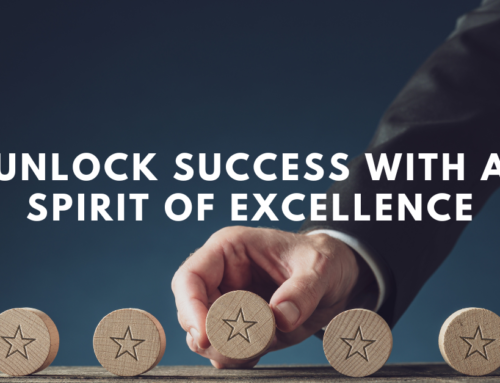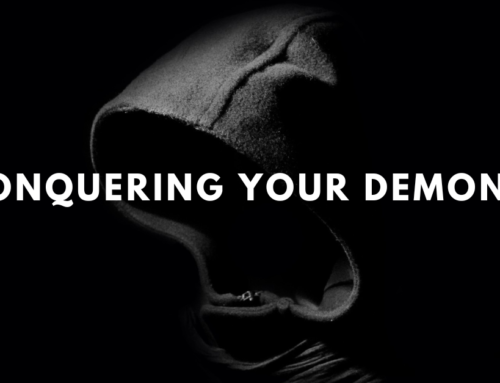In my lifetime, I have never seen a generation gap quite like the one we’re experiencing now, where so-called “boomers” and “millennials” are butting heads in everything from sports to the arts to politics.
We witness this generation gap everywhere. While boomers prefer doing things the old-fashioned way, millennials take pride in embracing the novel and being masters of new technology. Icons like Michael Jordan and The Beatles are being replaced with more contemporary greats – now we have those who champion LeBron James, Mark Zuckerberg, and Beyoncé as the best ever in their fields. This is also very true in leadership styles.
Are Millennials Right?

If you’re on the older side, it might be difficult to see where millennials are coming from. There’s a greater demand for work-life balance and being a part of a purpose-driven organisation. Gone are the days when work was simply seen as work and nothing more, and uncomfortable situations simply meant gritting your teeth and pushing through.
So what exactly are millennials bringing to the table and what can we learn from their new ways? At the same time, how will leadership styles adapt to best handle millennials in the workplace?
Changing times call for changes in how we approach leadership. We have to recognise that not only are millennials now the lifeblood of the workforce, their world is much different from our older world and they bring with them views, knowledge and skills that we’d do well to learn from.
Communication is Key
Now more than ever, employees are concerned about proper communication techniques. Like it or not, the younger generation tends to respond and work more positively when they believe their input is appreciated and accepted. Open, regular communication is key because it reminds everyone that they’re on the same track and that the organisation’s needs are everyone’s concern. Just as importantly, it lets employees know that their needs are the organisation’s concern.
If this seems soft to you, remember that please and thank you were basic things we learned as children. It doesn’t make sense to forget them when you get older. Communication and being able to give and receive feedback properly should never go away with age. Appreciating how your staff does its role in lifting your business shouldn’t go away either.
Lead Collaboratively

Older leaders can also learn from the younger generation by having them be more involved in company decisions. If we’re being honest with ourselves, employees have always been the heart and soul of business. This is why the goal of leaders is to never purely supervise, instead, it’s to bring leaders out of everyone.
Many millennials have passionate views, are keen on voicing their opinions and want to lead change in the workplace. This in itself is already a good start. If you have younger people in your team, you likely already have people who want to lead. So instead of stifling their thoughts or brushing off their opinions, take time to hear them out, help refine their ideas, and see how you can use them to further your company’s goals and growth. Who knows? You might find something valuable along the way.
OK, Boomer, Fix Your Emotions
We hate to admit it but older leaders are often not as in tune with their emotions. As we showed in a previous article, emotional intelligence is always important in leadership. It is through emotional awareness and empathy that leaders can be good examples to their staff. Seeing an empathetic leader is one of the things that get millennials to stay and to strive to work towards the collective goals of a company.
While it may be hard at first (believe me, it was for me too), maybe old dogs do need to learn new tricks. Because the future isn’t distant anymore. Now it’s in the workplace, with each and every millennial that walks through a company’s doors.
To your success,
Mario
[Visit www.mariosingh.com now to enjoy a FREE e-book of my latest “37 Essential Principles for Massive Success” when you subscribe!]





